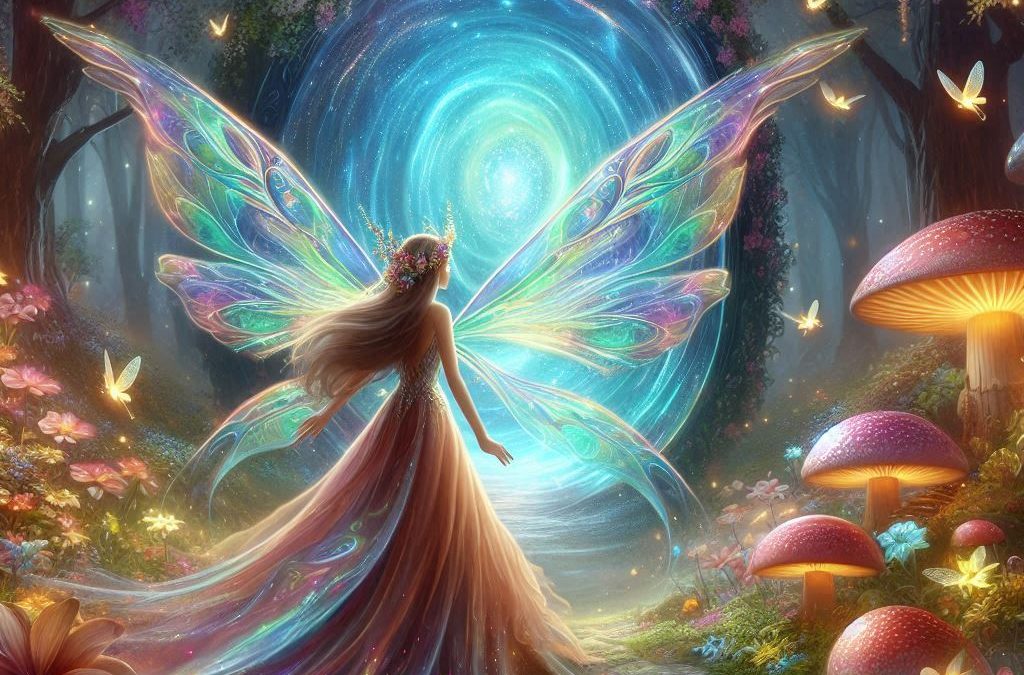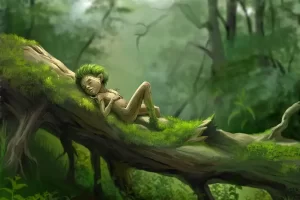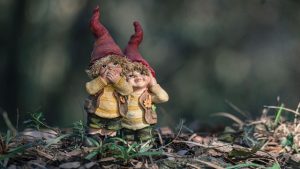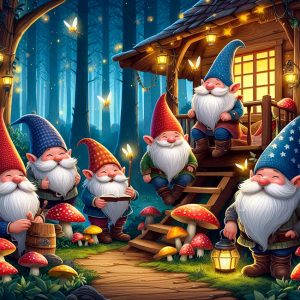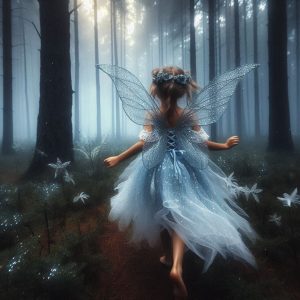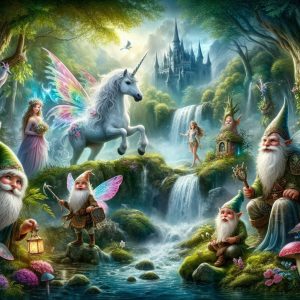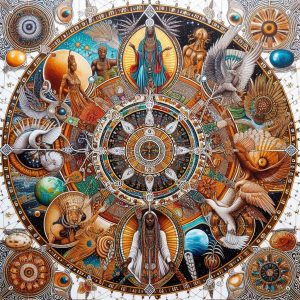Gnomes, witches and magical creatures are part of folklore, mythology and fantasy stories in many cultures around the world. These enchanted beings are often portrayed with supernatural characteristics and abilities, each with their own role within the stories in which they appear. Let’s explore a little about each of them:
Gnomes
Gnomes are small creatures, generally described as humanoids of reduced stature, that live in forests, gardens or underground. In European mythology, particularly Norse and Germanic mythology, gnomes are often associated with nature, being guardians of hidden treasures and protectors of plants. They are seen as wise beings, who have great knowledge about the forces of nature and are capable of performing magic. In fantasy stories, gnomes are often portrayed as friendly but reserved beings who avoid contact with humans.
Witches
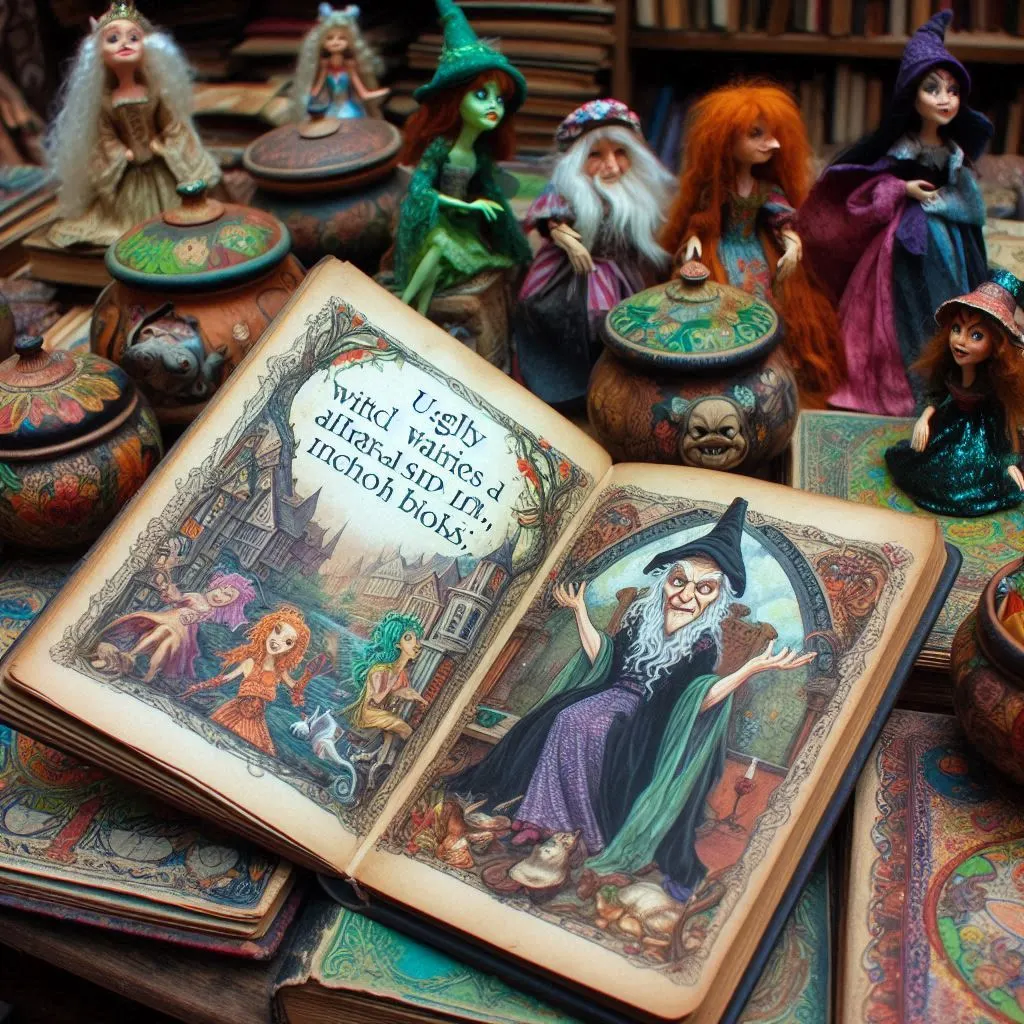
Witches are central figures in several legends and mythologies, often described as women (although there are also wizards) who possess magical powers. In Western tradition, witches have a dual image: they can be benevolent, helping the community with their knowledge of healing and potions, or they can be evil, associated with dark sorcery and pacts with demons. The image of the witch with the pointy hat, broomstick and cauldron comes from the medieval era and was reinforced during witch hunts in Europe and North America. In modern literature and popular culture, witches range from powerful and complex figures, such as those found in the Harry Potter books, to more traditional representations such as those seen in fairy tales.
Magical Creatures

In addition to gnomes and witches, the world of magical creatures is vast and varied, including beings of all types and sizes, each with their own abilities and characteristics. Some examples include:
• Dragons: Huge reptilian creatures that can often fly and breathe fire. Dragons are symbols of power and mystery in many cultures, especially Chinese and European mythology.
• Fairies: Small and graceful beings, with wings, who inhabit forests and meadows. Fairies are often associated with nature and possess magical abilities, such as the ability to grant wishes or heal.
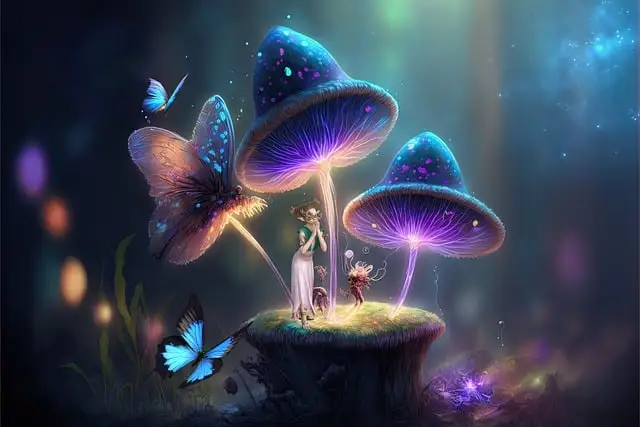
• Unicorns: Majestic horses with a single horn on their forehead, a symbol of purity and beauty. Unicorns are docile, difficult-to-capture creatures, often representing the innocence and power of nature.
• Elves: Elegant, immortal humanoids with superior skills in magic, combat, and craftsmanship. Elves are popular in Norse mythology and works of modern fantasy such as “The Lord of the Rings.”
• Goblins: Generally small and ugly creatures known for being mischievous or mischievous. Goblins appear in many cultures, from European folklore to Japanese mythology.
These magical creatures continue to fascinate and inspire the human imagination, appearing in books, films, games and other forms of entertainment. Their stories are passed down from generation to generation, keeping alive the magic of the fantastic world they inhabit.

